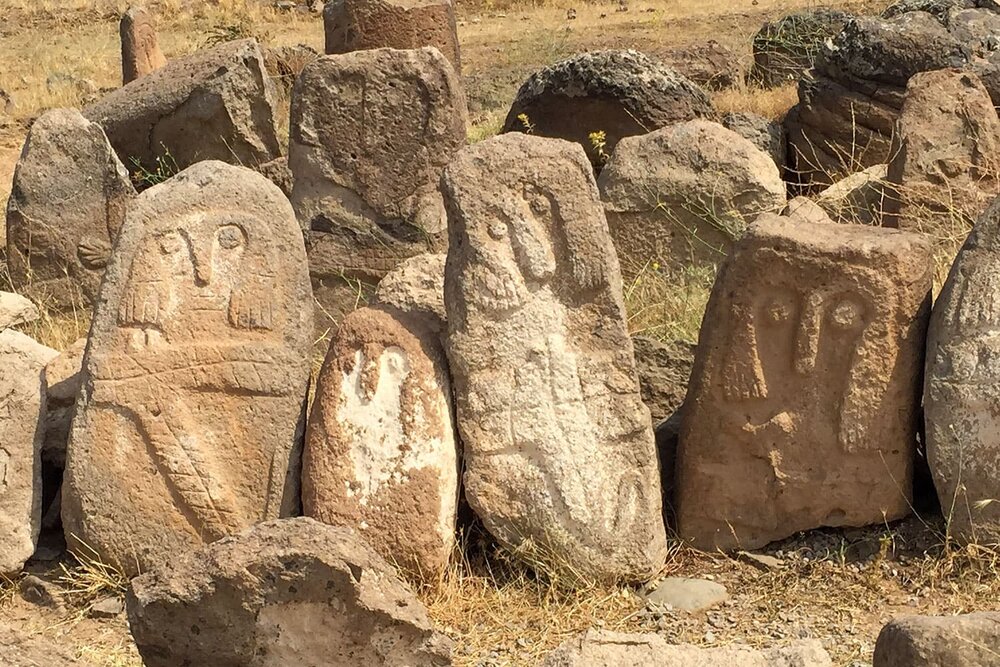Shahr-e Yeri to embrace special archaeological base, tourism minister says

TEHRAN – Iranian tourism minister on Monday said a special archaeological base will be constructed in Shahr-e Yeri, a unique archaeological site in northwest Iran, which is sometimes referred to as the “city of the mouthless”.
“An archaeological base will be constructed in Shahr-e Yeri, which is one of the largest ancient sites in the country,” Cultural Heritage, Tourism and Handicrafts Minister Ali-Asghar Zarghami said during his visit to the 400-hectare archaeological site.
“With eight thousand years of history, Shahr-e Yeri has a unique potential to embrace a national archaeological base,” Zarghami said.
In addition, the minister investigated an under-construction building of a museum at the site, saying: “This will be the largest archaeological museum in Ardabil province, and with its completion, in addition to transferring the objects of the current museum(s), a large number of uncovered works of the city, which are kept in other parts of the country, will be transferred here.”
Situated near Pirazman village of Meshkin Shahr in northwestern Ardabil province, Shahr-e Yeri was once one of the earliest settlements in the country. The archaeological site was inscribed on the list of national heritage sites in 1931.
The site embraces an Iron-Age fortress, three prehistorical temples, and tens of stones on which bizarre-shaped mouthless faces have been carved. During its heyday bodies of the dead were buried with special ceremonies and rituals in compliance with religious beliefs… however, the majority of the tombs were found empty of skeletons due to illegal excavations, according to the Circle of Ancient Iranian Studies.
More than 10,000 ancient petroglyphs and rock-carved arts have been discovered in and near Meshkin Shahr over the past couple of years. Some of the objects bear depictions of human beings in archery, cavalry in rhythmic and magical themes. There are also petroglyphs depicting mountain goats, boat anchors, shooting and scenes of war, and scenes of deer hunting in individual and collective forms.
Rock arts can be seen around mountainous regions across Iran where roaming life and livestock farming are prevalent typically. The rock-carved figures of animals and associated tools are regarded as good clues to help shed light on daily life in the distant past, though some figures might be symbolic.
AFM
Leave a Comment